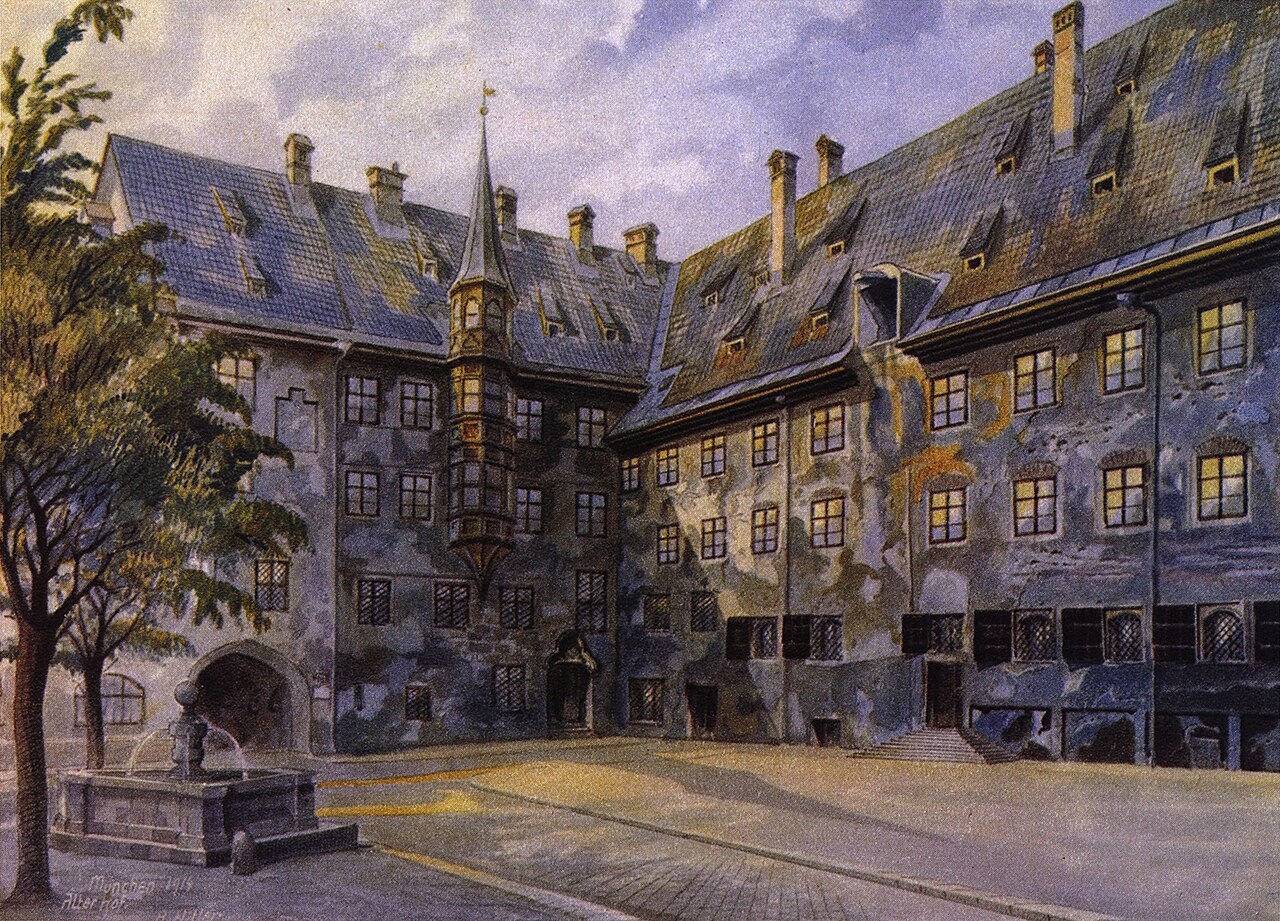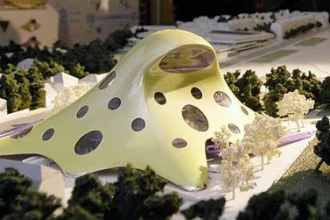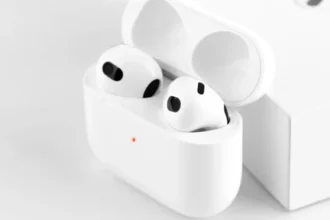Art has the power to evoke emotions, tell stories, and even spark controversy. Among the myriad of artists throughout history, one stands out not just for his brushstrokes but for the dark legacy that shapes our understanding of him: Adolf Hitler. Known primarily as a dictator responsible for unimaginable atrocities during World War II, few people realize he was also an aspiring painter in his youth. The art painted by Hitler offers a fascinating glimpse into the mind of a man whose ambitions were ultimately twisted into something far more sinister.
As we delve deeper into this topic, we’ll explore how these paintings are viewed today—an intersection where artistry collides with morality. What do they reveal about their creator? And should these pieces be celebrated or condemned? Join us on this thought-provoking journey through art created by one of history’s most notorious figures.
The Controversy Surrounding art painted by hitler
The art painted by Hitler ignites fierce debate among scholars and the public alike. His creations evoke a complex mix of admiration for technique and abhorrence for their creator’s legacy.
Many argue that appreciating his paintings can indirectly glorify the man behind them. This raises ethical questions about how we engage with art in general. Are we separating the artist from their work, or are we endorsing their ideologies by acknowledging their talent?
On social media and at exhibitions, discussions often spiral into heated arguments. Some advocate for censorship, fearing it may legitimize or trivialize historical atrocities linked to Hitler’s regime.
Conversely, others contend that understanding this aspect of history is vital for education and reflection. They believe confronting such art allows society to grapple with its past more effectively. The tension between these viewpoints reflects broader societal struggles regarding memory, justice, and artistic expression.
Understanding the History and Context of art painted by hitler
Adolf Hitler’s journey into the art world began long before he rose to power. In his youth, he aspired to be a painter and even applied to the Academy of Fine Arts in Vienna. His rejection marked a turning point, igniting an obsession with artistic validation.
During his time in Vienna, Hitler was influenced by various art movements. He admired traditional Germanic styles and despised modernism. This preference seeped into his own works, which often depicted landscapes and architectural forms rather than abstract concepts.
The years leading up to World War II saw Hitler using art as propaganda. He envisioned a cultural renaissance that aligned with Nazi ideology. Paintings became tools for promoting Aryan ideals and showcasing what he deemed valuable aesthetics.
Understanding this context is vital when examining pieces labeled as “art painted by Hitler.” These creations are not just artworks; they reflect a tumultuous period shaped by personal ambition and political turmoil.
Analysis of art painted by hitler Paintings
Hitler’s art offers a glimpse into the psyche of a complex individual. His paintings predominantly feature landscapes and architecture, reflecting an admiration for beauty and order. Yet, they lack emotional depth.
The color palette is often muted, conveying a sense of somberness. While technically competent, these works seem devoid of passion. Critics argue that his style mirrors his rigid worldview—structured but lacking spontaneity.
The recurring themes in his pieces suggest an obsession with idealism. They reveal a desire to escape from reality rather than confront it directly. This disconnect becomes even more unsettling when we consider the atrocities he later orchestrated.
Examining these artworks raises questions about intent and interpretation. Are we witnessing genuine artistic expression or merely propaganda cloaked in paint? The tension between aesthetic appreciation and moral judgment complicates our understanding of Hitler as an artist.
The Impact of art painted by hitler on Society
The impact of art painted by Hitler is multifaceted, stirring a complex dialogue about morality and culture. His paintings frequently evoke interest due to the weight of his historical persona.
Many view these pieces as a reflection of personal ambitions that never materialized in the world of professional art. For some, they symbolize a lost potential overshadowed by an infamous legacy.
Art enthusiasts often grapple with how to appreciate technique while acknowledging the artist’s moral failures. This paradox poses significant questions about artistic value versus ethical considerations.
Moreover, such works have sparked debates regarding censorship and exhibition ethics. Should society recognize this art for its aesthetic qualities or reject it because of its creator’s horrific actions?
These discussions influence curatorial practices and public perception, illustrating how deeply intertwined art can be with societal values and collective memory.
Should art painted by hitler Be Displayed?
The display of art painted by Hitler stirs deep emotions and ethical dilemmas. Many argue that showcasing these pieces provides insight into the mind of a man responsible for immense suffering. It allows viewers to confront history, not shy away from it.
On the other hand, some believe exhibiting such art legitimizes or romanticizes his legacy. This perspective suggests that displaying his work could unintentionally honor him rather than condemn his actions.
Museums and galleries often grapple with how to present this contentious subject matter respectfully. They must balance education with sensitivity towards victims of Nazi ideology.
The decision hinges on intent—whether these works are displayed as historical artifacts or as artistic expressions devoid of context can significantly change their reception.
Conclusion: Separating the Artist from the Atrocities
Separating the artist from the atrocities is a complex task. The paintings created by Hitler evoke a wide range of emotions and reactions. They represent a period in history that many would prefer to forget, yet they also serve as reminders of humanity’s capacity for both creativity and destruction.
Viewing art painted by Hitler invites us to grapple with uncomfortable truths. It forces us to question whether an artist’s work can be appreciated when their actions led to immense suffering. The aesthetic qualities of these paintings might captivate some viewers, but they carry heavy historical baggage.
Many argue that displaying such works risks glorifying the individual behind them rather than confronting his legacy head-on. Others believe there is value in studying all aspects of history, including its darkest figures through their art.
The conversation surrounding art painted by Hitler remains ongoing and contentious. Balancing artistic merit against moral implications will likely continue as society navigates its relationship with this troubling part of our past. Engaging thoughtfully with these questions may ultimately lead us toward deeper understanding—not just of the artist but also of ourselves as we confront history’s shadows and light.

















